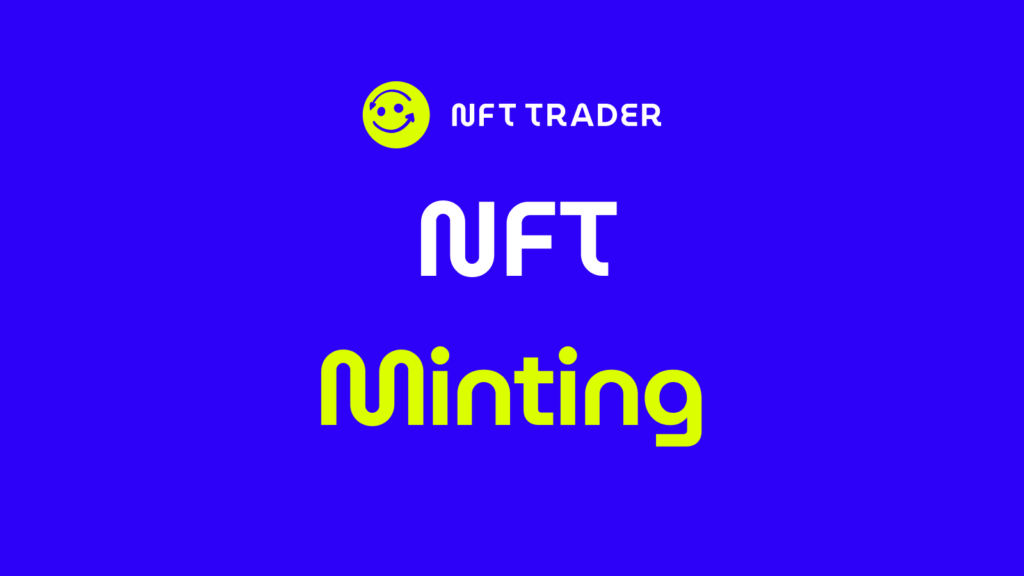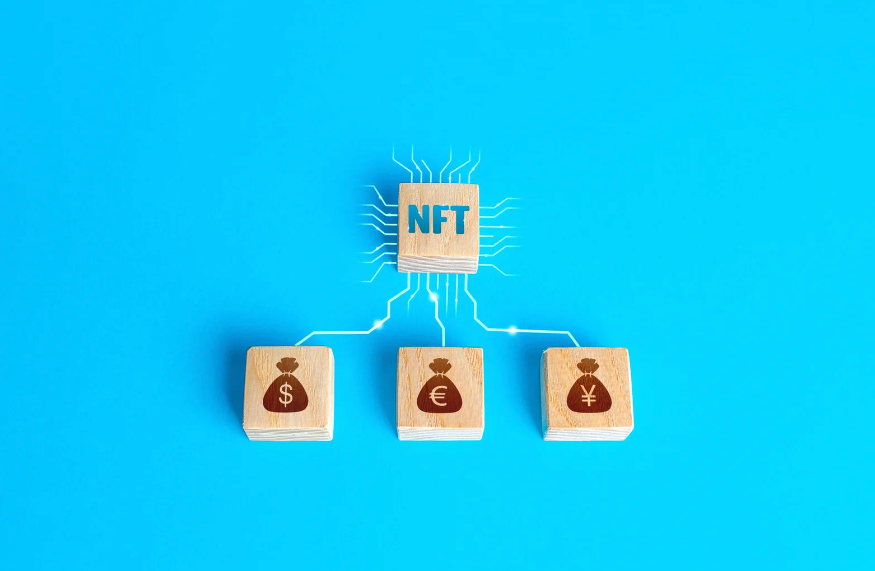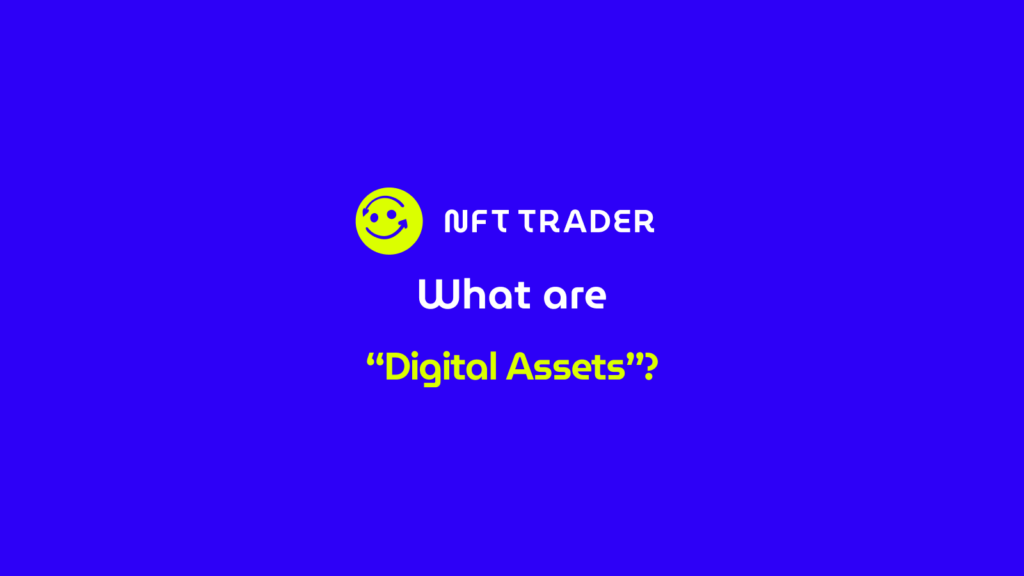NFT minting: what is it and how does it work?

Summary:
- What is NFT Minting?
- Why Mint an NFT?
- The Minting Process Explained
- Costs and Fees Involved
- Best Practices and Tips
What is NFT Minting?
Minting in the Context of NFTs: In the world of NFTs (Non-Fungible Tokens), minting refers to the process of transforming a piece of digital content or artwork into a unique digital asset on a blockchain. NFTs are special tokens that represent ownership or proof of authenticity of a specific digital item. When an artist, creator, or individual mints an NFT, they are essentially creating a digital certificate of ownership for that particular piece of content. This can include various forms of digital art, music, videos, virtual items in video games, and much more.
Uniqueness of NFTs: The uniqueness of NFTs is a fundamental aspect of their value proposition. Unlike traditional cryptocurrencies like Bitcoin or Ethereum, which are fungible and interchangeable (1 BTC is always equal to 1 BTC), NFTs are non-fungible. This means that each NFT has distinct characteristics, making it different from any other token. Every NFT is one-of-a-kind and cannot be replicated or replaced with another token on a one-to-one basis. This uniqueness is what allows NFTs to represent ownership of specific, rare, or exclusive digital creations.
Role of Blockchain in NFT Minting: Blockchain technology serves as the underlying infrastructure for NFTs, playing a vital role in their creation, verification, and trading. A blockchain is a decentralized and immutable digital ledger that records transactions in a secure and transparent manner. When an NFT is minted, information about the NFT and its ownership is recorded on the blockchain. This includes details about the creator, attributes of the digital content, and the current owner.
The blockchain’s features contribute to the authenticity and functionality of NFTs:
- Decentralization: NFT data is stored across a network of computers (nodes) rather than on a central server. This decentralized nature ensures that ownership records are not held by a single entity, reducing the risk of fraud or manipulation.
- Immutability: Once information is added to the blockchain, it cannot be altered or erased. This means that the ownership history of an NFT remains permanent and tamper-proof, enhancing its authenticity.
- Smart Contracts: Smart contracts are self-executing code that can be embedded within NFTs. They allow for automated actions, such as royalty payments to creators whenever the NFT is sold or traded on secondary markets. This feature ensures that creators continue to benefit from the value of their work even after the initial sale.
- Provenance and Ownership: The blockchain maintains a transparent and traceable record of an NFT’s ownership history, or provenance. This helps buyers verify the legitimacy and origin of an NFT before purchasing it.
- Scarcity and Attributes: NFTs can be programmed with attributes that define their scarcity or uniqueness. For example, an artist might create a limited edition NFT with only a certain number of copies available. These attributes are secured by the blockchain, ensuring their accuracy.
In conclusion, minting NFTs involves creating distinctive digital assets using blockchain technology. NFTs stand out due to their uniqueness, and blockchain ensures their credibility, rarity, and secure ownership by virtue of its decentralized and immutable characteristics.

Why Mint an NFT?
Minting NFTs offers a multitude of compelling reasons and benefits for creators, artists, and individuals alike. First and foremost, it serves as a powerful medium for expressing creativity in the digital realm. Artists can transform their digital artwork, music, writing, and various other forms of content into distinct and irreplaceable digital assets that can be easily shared, appreciated, and acquired by a global audience.
Beyond creative expression, the significance of NFTs lies in their capacity to establish ownership and authenticity in the digital space. By minting an NFT, creators can create an indelible record of ownership on the blockchain, offering a solution to the challenges of proving authorship and originality in the ever-expanding online world.
A pivotal advantage of NFT minting is its potential for monetization. Creators can directly monetize their digital creations by selling NFTs through online marketplaces. This departure from traditional avenues, such as gallery exhibitions or licensing agreements, empowers creators to take control of their financial success and capitalize on the inherent value of their work.
The interaction between creators and their audience is also transformed by NFTs. The direct engagement facilitated by NFT sales enables a more intimate connection between creators and their supporters. Furthermore, NFTs can incorporate special features, such as exclusive content or unique experiences, fostering a stronger bond between creators and their loyal following.
NFTs offer a distinct feature: the ability to establish ongoing royalties and benefits from resale. Through smart contracts, creators can ensure they receive a percentage of the proceeds whenever their NFT changes hands in secondary markets. This innovative model provides creators with a continuous income stream as their work appreciates in value.
The global accessibility of NFTs cannot be understated. As digital assets, they transcend geographical boundaries, allowing artists who may have struggled to gain recognition through traditional art channels to connect with a worldwide collector base via online NFT platforms.
Additionally, NFTs extend beyond the realm of traditional art and creativity. They can represent ownership of virtual assets within video games, virtual worlds, and metaverse environments, enabling gamers to trade their in-game items, avatars, and virtual real estate in a secure and verifiable manner.
The world of NFTs also fuels innovation and experimentation. Creators are pushed to explore novel ways of presenting their work, including interactive elements, collaborative multimedia projects, and generative art, all made possible by the distinctive properties of NFTs.
Lastly, NFTs serve as a means of preserving digital legacy. By anchoring digital assets to the blockchain, creators ensure that their work remains accessible, authentic, and verifiable for future generations, even in the face of evolving digital formats and technologies.
In summary, the act of minting NFTs carries multifaceted reasons and benefits, ranging from amplified creative expression, verified ownership, and direct monetization to strengthened connections with fans, innovative ownership structures, global reach, and the preservation of digital heritage.
The Minting Process Explained
Preparing the Asset
Before minting an NFT, a crucial step is preparing the digital asset that will be tokenized. This involves selecting the appropriate file that represents the artwork, music, or content you intend to turn into an NFT. Understanding file types and their limitations is essential at this stage. Different NFT platforms and blockchain networks may support specific file formats, such as JPEG, PNG, GIF for images, or MP3, WAV, or FLAC for audio. It’s important to choose a file format that preserves the quality and essence of the original creation while adhering to platform requirements. Additionally, file size considerations are crucial, as some blockchains impose limitations on the size of NFTs. Balancing high-quality visuals or sound with a manageable file size can impact the user experience and the overall value of the NFT. Thus, meticulous preparation of the asset ensures that the final NFT accurately represents the creator’s vision and optimizes compatibility with the chosen blockchain network.
Selecting a Blockchain
When considering minting NFTs, the choice of blockchain is a pivotal decision that impacts the NFT’s characteristics and potential reach. Ethereum, as one of the pioneering platforms, offers a wide array of NFT marketplaces and a robust ecosystem, providing high visibility and liquidity. However, its popularity has led to congestion and elevated transaction costs, which might affect smaller creators. Binance Smart Chain, an alternative, boasts faster and cheaper transactions but may not offer the same level of decentralization as Ethereum. Flow, designed for NFTs and collectibles, prioritizes scalability and user-friendliness but is newer and may have a smaller user base. Ultimately, the selection hinges on factors like network fees, community engagement, technical capabilities, and the creator’s target audience. Careful consideration of these pros and cons aids in aligning the NFT minting process with the creator’s objectives and the characteristics they value most in a blockchain platform.
Wallet & Marketplace Selection
When venturing into the world of minting NFTs, the choice of a suitable digital wallet and marketplace is crucial. A digital wallet serves as your secure storage for NFTs and facilitates transactions on blockchain networks. Ethereum-compatible wallets like MetaMask and Trust Wallet are popular choices, offering user-friendly interfaces and compatibility with various platforms. However, if minting on different blockchains, wallets like Binance Chain Wallet or Flow Wallet might be more appropriate. Equally vital is selecting the right marketplace to list and trade your NFTs. Platforms like OpenSea, Rarible, and Foundation are well-established with substantial user bases, while newer options like Mintable bring unique features and innovation. The decision should be informed by factors such as ease of use, marketplace fees, discoverability, and the platform’s commitment to user security. A harmonious pairing of a reliable wallet and marketplace ensures a seamless experience throughout the NFT minting journey, from creation to trading and beyond.
Minting the NFT
Minting an NFT involves a structured process that transforms your digital creation into a unique token on a blockchain. First, select a suitable NFT platform based on your chosen blockchain and create an account. Next, prepare the digital asset in the supported file format and consider aspects like quality and file size. In the platform’s minting interface, you’ll provide essential metadata, including the NFT’s title, description, attributes, and possibly a link to the original creation. Metadata enhances the NFT’s value by providing context and information to potential buyers. After setting up the metadata, you’ll create a smart contract, which is a self-executing program that governs the NFT’s behavior, such as royalty distribution upon resale. Once your NFT’s metadata and contract are set, you’ll pay a gas fee (transaction fee) to process the minting transaction on the blockchain. Verification follows, confirming that your NFT has been successfully minted and added to the blockchain’s ledger. The time it takes to mint an NFT varies depending on the blockchain’s congestion, transaction volume, and the platform used, but it can range from a few minutes to hours. Overall, the minting process encapsulates metadata setup, smart contract creation, blockchain transaction, and verification, culminating in the transformation of your digital creation into a tradable, verifiable NFT.
Benefits of Minting NFTs
For artists, minting NFTs opens up a realm of unprecedented opportunities. Beyond the initial sale, NFTs offer the potential for consistent passive income through royalties. When an NFT changes hands on secondary marketplaces, the smart contract can automatically distribute a percentage of the resale value back to the original creator. This structure ensures that artists continue to benefit from the appreciation of their work over time. Moreover, NFTs provide an enhanced ability to track and monitor sales on secondary markets. Artists can gain insights into their creations’ performance, understand their audience’s preferences, and make informed decisions about their artistic direction. The transparency of blockchain transactions and smart contracts fosters a level of accountability that was previously difficult to achieve in the art world. Collectively, these features empower artists with a more sustainable and rewarding artistic journey, offering the potential for ongoing income and a deeper connection with their audience.

Costs and Fees Involved
Gas Fees
Gas fees are a fundamental concept in the world of blockchain transactions, including the minting of NFTs. In essence, gas fees are the charges associated with performing actions on a blockchain network, particularly when executing smart contracts. These fees serve to compensate the network’s participants, known as miners or validators, for the computational resources required to process and validate transactions. Gas fees can vary widely based on factors such as network congestion, demand for resources, and the complexity of the transaction or contract being executed. During times of high activity or congestion on the blockchain, gas fees tend to increase due to higher demand for limited resources. Similarly, more intricate transactions or those involving complex smart contracts may require greater computational resources, resulting in higher gas fees. To minimize gas fees, users can adjust the gas price or choose periods of lower network activity. Understanding gas fees is essential for anyone engaging with blockchain-based activities, as it allows for informed decision-making when initiating transactions or minting NFTs, helping to optimize costs while navigating the evolving landscape of blockchain technology.
Other Associated Costs
The mint price of an NFT refers to the initial cost of creating and tokenizing a digital asset on a blockchain. This includes the expenses associated with setting up metadata, creating a smart contract, and completing the transaction on the chosen blockchain network. Mint prices can vary depending on the platform, blockchain, and the complexity of the NFT. In addition to minting costs, artists and creators should be aware of potential listing fees when putting their NFTs up for sale on marketplaces. These fees vary across platforms and might include charges for showcasing, promoting, or enhancing visibility for your NFT. Additionally, artists often have the option to set up royalties, which allow them to earn a percentage of the resale price whenever the NFT changes hands on secondary markets. While royalties provide a source of passive income, creators should also be aware of gas fees incurred during transactions, particularly on congested blockchains, which can fluctuate based on network activity. Understanding these costs is essential for creators to effectively price their NFTs, calculate potential earnings, and make informed decisions about their NFT minting and selling strategies.
Best Practices and Tips
Best Practices for Artists and Creators
Strategies for success in minting NFTs involve a thoughtful approach that spans both the creative and business aspects. First and foremost, creating high-quality, unique, and compelling digital content is paramount. Authenticity and originality resonate with collectors and buyers. Understanding the blockchain ecosystem, including different platforms and their specific features, empowers creators to choose the most suitable options for their NFTs. Setting reasonable mint prices, factoring in potential costs like gas fees and royalties, ensures competitiveness while maximizing returns. Engaging with the community, whether through social media, forums, or virtual events, helps build a supportive network and attract potential buyers. Regularly updating and improving your digital presence and portfolio keeps your audience engaged and interested. Navigating copyright and intellectual property rights ensures you’re compliant and protected. Lastly, embracing flexibility and innovation, such as experimenting with interactive NFTs or collaborating with other artists, can differentiate your offerings and drive interest. By combining artistic excellence with strategic considerations, artists and creators can navigate the NFT landscape effectively and position themselves for success.
Tips for Collectors
For collectors navigating the world of minted NFTs, several tips can guide informed decisions and maximize value. First, conduct thorough research on the artist or creator, evaluating their reputation, portfolio, and the uniqueness of their work. Investigate the blockchain and marketplace they’ve chosen, ensuring credibility and security. Diversifying your NFT collection by exploring different genres, artists, and platforms can mitigate risk and offer a well-rounded portfolio. Scrutinize metadata details to understand the NFT’s attributes, provenance, and rarity, enhancing your ability to make an informed purchase. Keep an eye on secondary market trends to gauge the potential resale value of NFTs, and consider the option of purchasing from emerging creators whose work has the potential to appreciate over time. Practicing patience, setting a budget, and refraining from impulse buying can lead to more strategic acquisitions. Ultimately, embracing a combination of due diligence, research, and a long-term perspective empowers collectors to navigate the NFT market with confidence and make acquisitions that align with their goals and interests.



